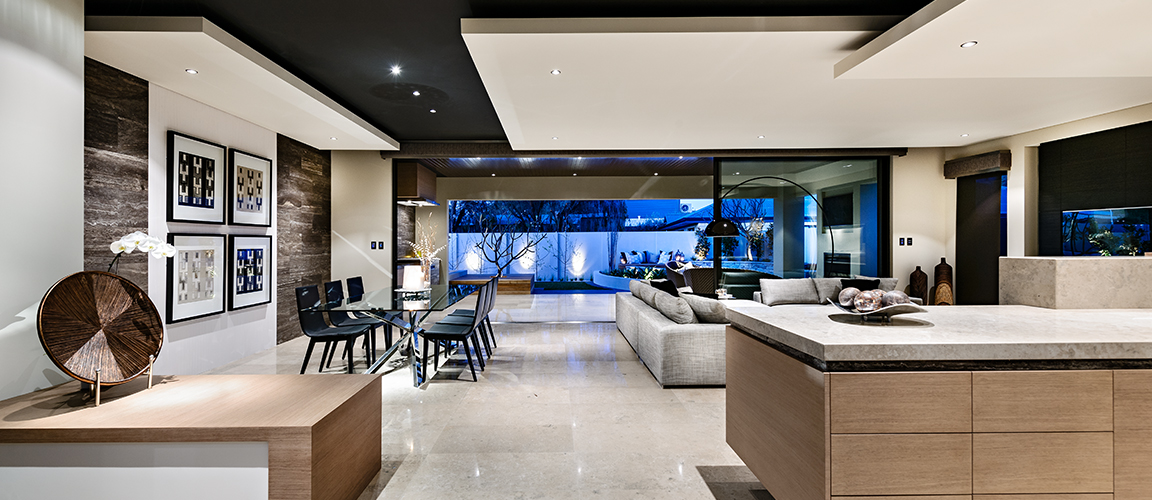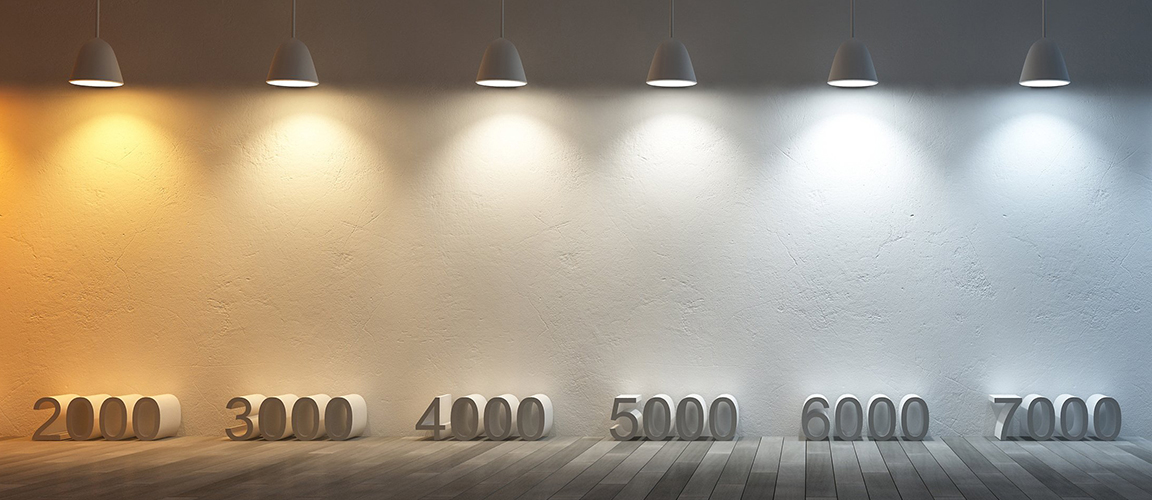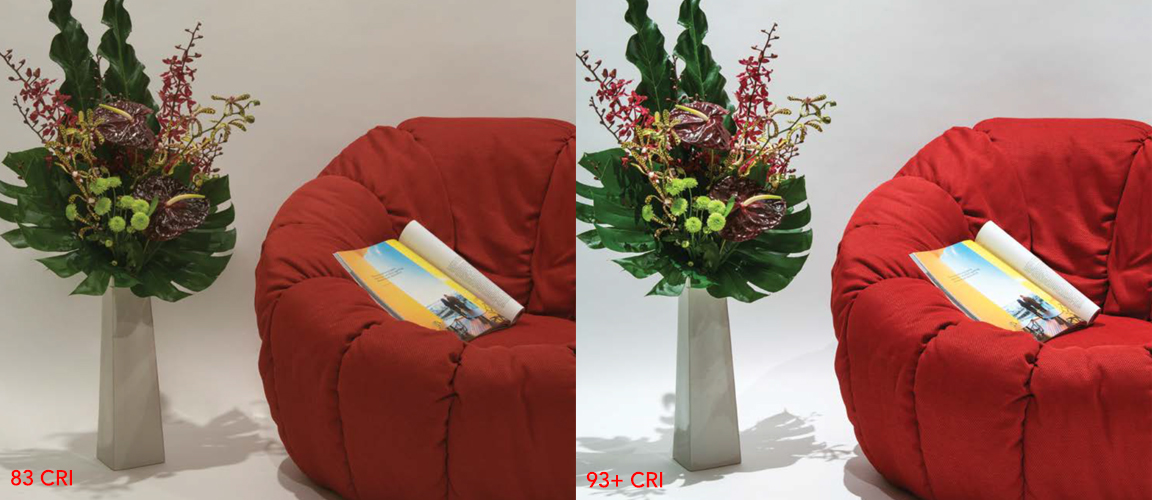LED Lighting: Interpreting the Jargon!
By RLAdmin | 09 Jul 2018 | 0 Comments
We wanted to share some invaluable insider tips, that will demystify and enhance the way you interpret lighting for your next project.
Over the past 5 years we have seen a huge transition to highly efficient LED lighting, now replacing older halogen and incandescent globes. Both residentially and commercially, LED has not only been seen as a saving to the consumer in energy consumption and replacements but also in easing the strain to the environment.
The language we use with this lighting however, is vastly different to what we have always understood. Rarely did we as consumers need to understand more than a wattage to determine brightness, and whether it was a screw in or the other one. Simple.
Now? The wattage doesn’t assume the brightness at all, in fact this is no absolute determination of the brightness at all. We use terms such as lumen output, colour temperature, beam angle, lux, the list goes on. As a consumer, it can be overwhelming and difficult to know how this applies to you. What does it all mean and most importantly, how can I get the best results for my home?

Our lighting consultants and designers at Radiant Lighting wanted to share some invaluable insider tips, that will hopefully demystify the way you interpret lighting for your next project.
LUMEN? A lumen output or lumen package, is the brightness of the light.
This is the term used as a measurement in place of wattage on the old scale. Are all 10 watt LED the same lumen/ brightness? No. The efficiency relies on the components used in making the fitting. The parts are manufactured by numerous companies in countries globally. Some are far superior to others, in the same way two V8 cars are not the same. It is dependent on a number of factors. Mainly, the quality of the machinery/ engine.
WHAT IS A GOOD LUMEN? Typically, closer to 100-lumen per watt is very efficient. A standard downlight at 10.5W should be closer to 900lumen. This means it is performing at a higher level with less power.

COLOUR TEMPERATURE? Also referred to as the Kelvin.
Who is Kelvin? This is also a term used as a measurement, in this instance for the temperature of the light and is abbreviated to a ‘K’ at the end of the number. Generally speaking, lighting we use day to day is WARM 3000 Kelvin = 3K or COOL 4000 Kelvin = 4K. The colour temperature will impact a number of factors in a space and will also affect the ambience of a space dramatically. 2700K Warm, more golden toned through to 6500K cool, almost arctic white to blue.
WHAT IS A GOOD COLOUR TEMPERATURE FOR MY HOME? Our lighting consultants lean more toward a 3K as it is not too warm/ yellow toned so will provide a clean white finish that is also still soft. However, we will often determine the preference of the client. Some people will prefer a cooler white to others. Also, in homes that feature a monochromatic palette with stark whites and blacks, a 4K will suit better to bring out the whites and not create a yellow wash.

CRI? CRI is Colour Rendering Index.
This is the ability of the LED to reflect colours in the application/ room. The lower the CRI, the less able the LED is to pick up colour and more likely it is to be dull on skin, surfaces and textiles. Simply put, you want the highest CRI available to create a ‘true colour’ in the room. The higher the CRI, the better able the LED Can pick up the nuances on colour, in artwork, food, skin tone, fabric, flooring, everything will look better.
WHAT IS A GOOD CRI? The CRI is a measurement out of 100. The closer to 100, the better the CRI. We advise you to seek out a CRI over 90 in rooms used with function. All living areas, bedroom and bathrooms will benefit from the CRI.
The biggest thing to look for? Quality. The parts that make up a light will greatly affect the performance, and will require the least amount of maintenance and care in the future.
Our full downlight range is installed in a dedicated downlight room. Please feel free to come down and have a look, if you would like to further understand lighting design and application for your project. Knowledge is key and we are more than happy to help.
Back To Blog Entries